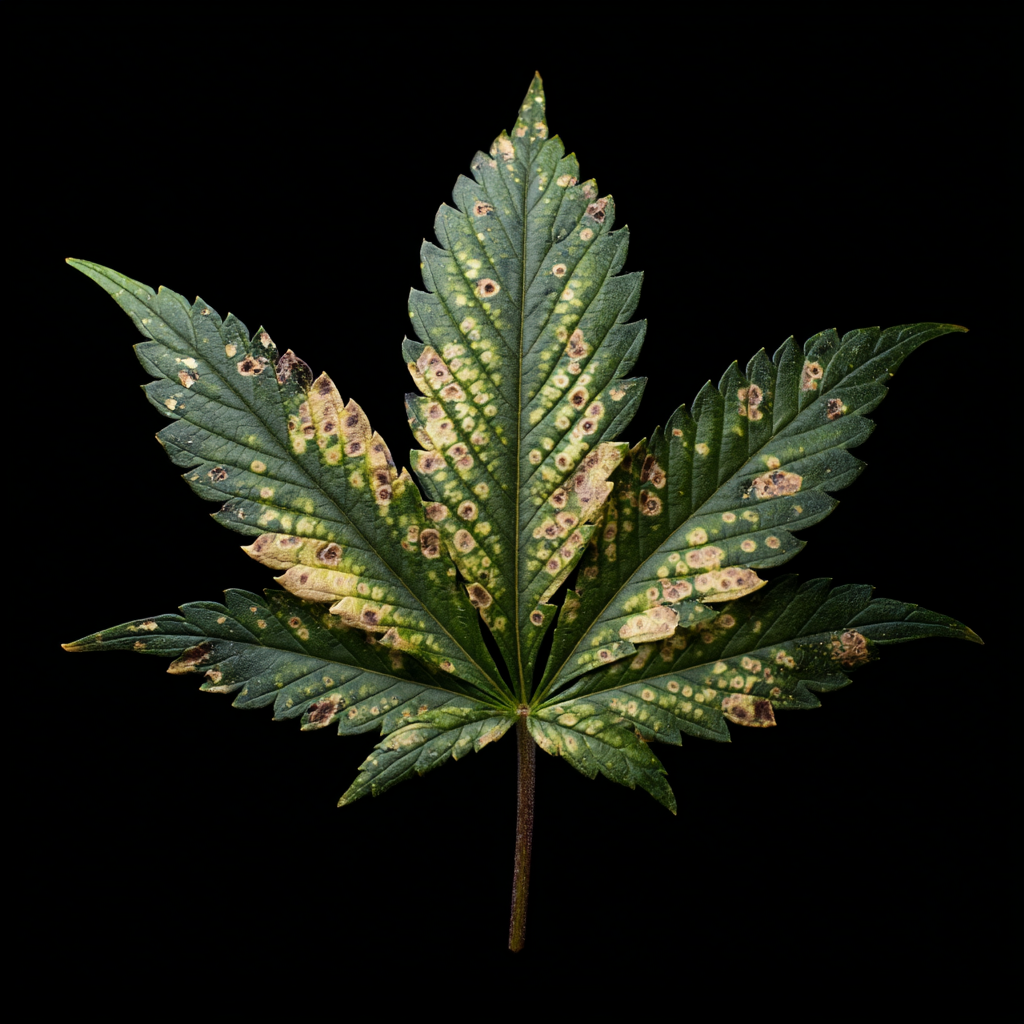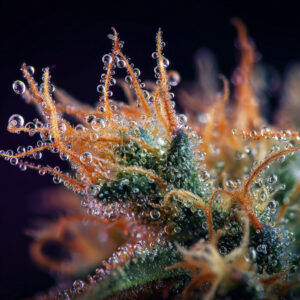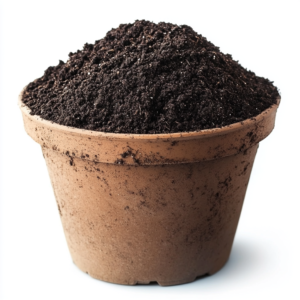The Season Is Heating Up — and Mistakes Are Costly
By midsummer, your grow is fully alive. The plants are stretching, the sun is blazing, and your efforts from spring are starting to take shape. But as any seasoned grower knows, mid-season is where the make-or-break decisions happen.
The most common—and expensive—mistakes tend to happen right now, when things “look” fine, but subtle missteps can undercut yield, potency, or even compliance.
So here it is: your 10-point checklist of what NOT to do right now, plus tools and a downloadable PDF to help keep your grow dialed in through harvest.

🚫 Top 10 Mid-Season Mistakes to Avoid
1. Overwatering in Hot Weather
It’s counterintuitive, but plants stressed by heat often get overwatered. Roots need oxygen, not just moisture. When in doubt, check soil depth before watering—too much water can cause root rot, especially in clay-heavy or compact soils. Use moisture meters or lift-test containers to check real hydration status.
Pro tip: Let the top inch of soil dry out before watering again—CBG plants prefer well-aerated root zones.
2. Ignoring Microbial Life in Soil
Beneficial microbes fuel nutrient uptake, especially in living soil systems. Spraying chemical fungicides or using synthetic nutrients too heavily mid-season can disrupt this balance. If you’re using living soil or compost tea, test your microbe levels and top-dress with worm castings or microbe-rich amendments to refresh the biome.
3. Nutrient Imbalance (Especially Nitrogen)
At this stage, too much nitrogen will stall flower development and make plants leafy instead of resinous. You should already be tapering off nitrogen and shifting toward phosphorus, potassium, calcium, and micronutrients. Yellowing lower leaves can be normal—but watch for blotchy patterns, which signal lockout or deficiency.
4. Under-Supporting Your Plants
Big buds = heavy branches. If you haven’t already, start staking, netting, or caging your plants to avoid mid-season limb snaps. Once branches start to lean, it’s harder to reposition them safely without damage. A single windstorm can take down weeks of progress.
5. Overlooking Trichome Development
CBG growers especially need to watch trichome clarity, because CBG-A converts to other cannabinoids rapidly. You want to harvest before ambering occurs. Start examining trichomes under a loupe or microscope now to track maturity week by week. Visuals matter more than calendar days at this stage.

6. Skipping Regular Environment Logging
Temperature spikes, humidity swings, or even inconsistent airflow can throw your plants off course. Use an environmental journal or digital tracker to document conditions daily—this helps spot patterns early and adjust. Even free apps or Google Sheets can serve as powerful grow diaries.
Rare Fact #1: Studies show that terpene expression in CBG plants is highly sensitive to nighttime temperature drops—a 5°F shift can result in up to 12% variation in myrcene and limonene levels at harvest. Logging this helps tune your terpene profile for future seasons.
7. Letting Weeds and Cover Crops Compete
Cover crops are great early on, but by mid-season, they may compete with your hemp for water and nutrients. Time to chop, drop, or compost your cover crop if it’s starting to crowd your canopy or root zone. Keep your airflow and soil nutrients prioritized for your CBG plants.
8. Poor Pest Scouting
Even if your plants look healthy, pests can creep in unnoticed during hot, humid stretches. Use sticky traps and leaf inspections—check for tiny aphids, spider mites, or whiteflies. They often hide under leaves and multiply fast once unnoticed.

9. Misjudging Cannabinoid Timing
Most CBG strains need to be harvested early to preserve cannabigerol before it converts into THC or CBD. Once flowering starts, it’s a race against time. Even a one-week delay can cause 10–30% degradation of CBG-A, especially under prolonged UV exposure.
Rare Fact #2: Some growers don’t realize that CBG conversion is accelerated in high-UV environments—a shaded net or filtered sunlight can extend your harvest window by 2–3 days and help preserve your desired cannabinoid ratio.
10. Not Prepping for Harvest Now
Harvest may still feel weeks away, but pre-harvest planning starts now. Clean your trimming area, calibrate your drying space, order bags or bins, and prep labor if needed. Rushed drying leads to botched terpenes and cannabinoid loss—don’t let it sneak up on you.


Recent Comments